While Antoni Gaudí’s Sagrada Família draws millions of visitors to Barcelona each year, the city’s architectural treasures extend far beyond its iconic spires. For those willing to venture off the beaten path, Gaudí’s lesser-known masterpieces offer a quieter, yet equally mesmerizing, glimpse into his genius. These hidden gems reveal the architect’s boundless creativity and deep connection to nature, often without the crowds that dominate his most famous work.
Casa Vicens, Gaudí’s first major commission, is a vibrant explosion of color and texture tucked away in the Gràcia neighborhood. Built as a summer home for a wealthy family, the house blends Moorish influences with Catalan modernism, its facade adorned with green and white tiles reminiscent of blooming flowers. Inside, the ceilings ripple like waves, and intricate wooden details contrast with bold floral motifs. Unlike the Sagrada Família, Casa Vicens feels intimate, allowing visitors to appreciate Gaudí’s early experimentation with form and ornamentation.
Another overlooked marvel is Palau Güell, a mansion designed for Gaudí’s patron, Eusebi Güell. Nestled in the Raval district, the building’s sober exterior belies its fantastical interior. The central hall, crowned by a parabolic dome dotted with star-shaped openings, transforms sunlight into a celestial spectacle. The rooftop, a surreal forest of chimneys clad in broken tile mosaics, offers one of the city’s most unique panoramas. Here, Gaudí’s playful yet precise approach to space and light shines brightest, away from the tourist throngs.
In the quiet suburb of Sant Gervasi, Bellesguard Tower stands as a tribute to Catalan history. Gaudí drew inspiration from a medieval castle that once occupied the site, weaving Gothic elements into his signature organic style. The tower’s slender silhouette, clad in local stone, seems to grow from the hillside. Inside, slender columns and kaleidoscopic stained glass create an atmosphere of quiet reverence. Few tourists make the journey here, making it a serene retreat for those seeking Gaudí’s spiritual side.
Colònia Güell, a short train ride from Barcelona, reveals Gaudí’s visionary approach to communal living. Commissioned as a workers’ colony for Güell’s textile factory, the site includes a crypt that served as a testing ground for the Sagrada Família’s innovations. The twisting columns and hyperbolic vaults, left partially unfinished, feel like a glimpse into Gaudí’s imagination. The surrounding pine forest and absence of crowds make it a poignant place to ponder his unrealized dreams.
Finally, the Pavellons Güell gatehouse and dragon gate, remnants of a larger estate, showcase Gaudí’s whimsical side. The undulating roof, covered in trencadís (broken tile mosaics), seems to slither like a serpent, while the iron dragon gate guards the entrance with playful ferocity. Often missed by guidebooks, this small site captures Gaudí’s ability to turn functional structures into fairytale creations.
These five sites prove that Gaudí’s brilliance extends far beyond his magnum opus. Without the distractions of long lines and selfie sticks, visitors can engage deeply with his architectural language—one that speaks of faith, nature, and Catalonia’s soul. For those who think they know Gaudí, these quieter corners of Barcelona offer fresh revelations.
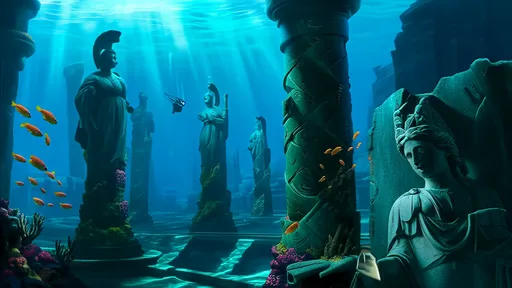
By /Jul 8, 2025
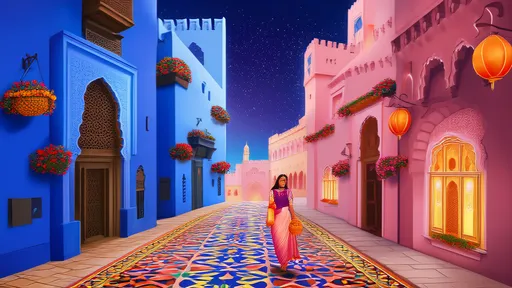
By /Jul 8, 2025

By /Jul 8, 2025

By /Jul 8, 2025
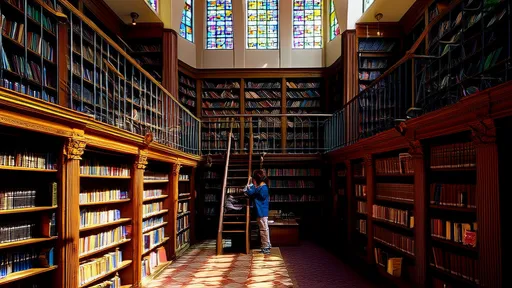
By /Jul 8, 2025
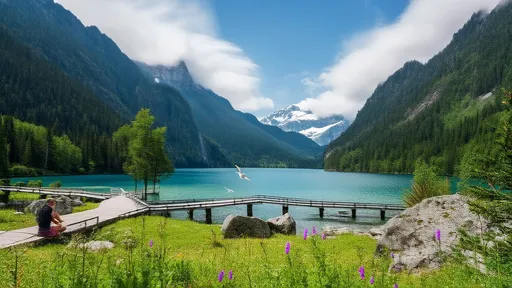
By /Jul 8, 2025
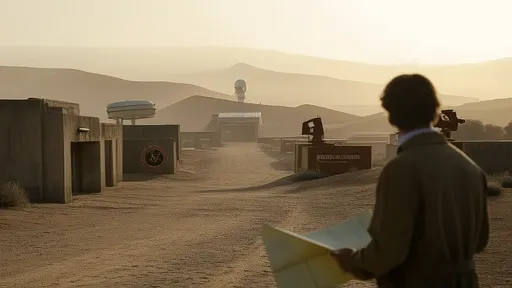
By /Jul 4, 2025
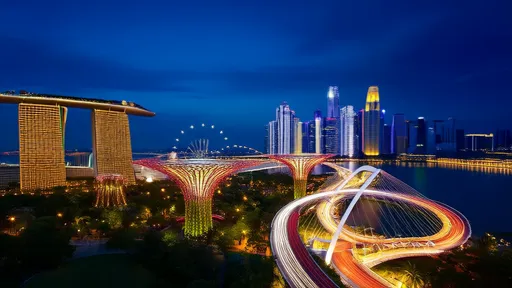
By /Jul 4, 2025

By /Jul 4, 2025

By /Jul 4, 2025
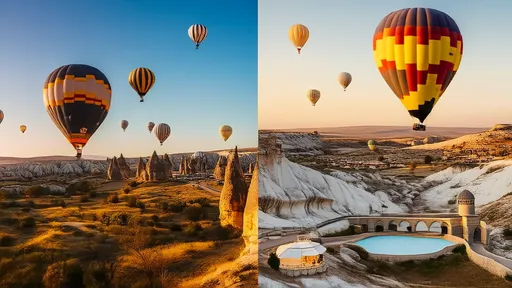
By /Jul 4, 2025
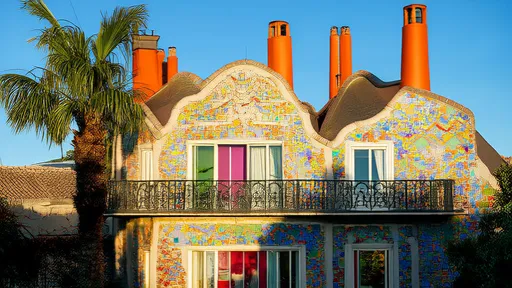
By /Jul 4, 2025

By /Jul 4, 2025

By /Jul 4, 2025
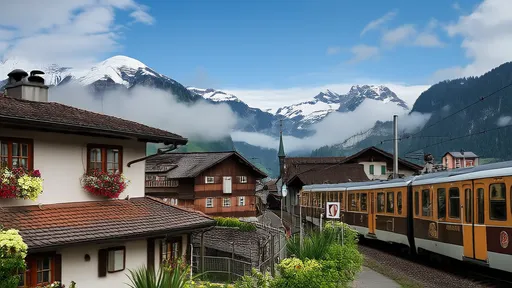
By /Jul 4, 2025

By /Jul 4, 2025

By /Jul 4, 2025

By /Jul 4, 2025

By /Jul 4, 2025
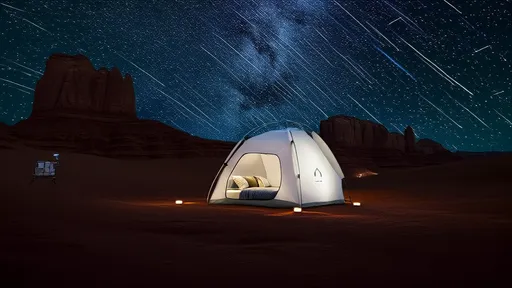
By /Jul 3, 2025